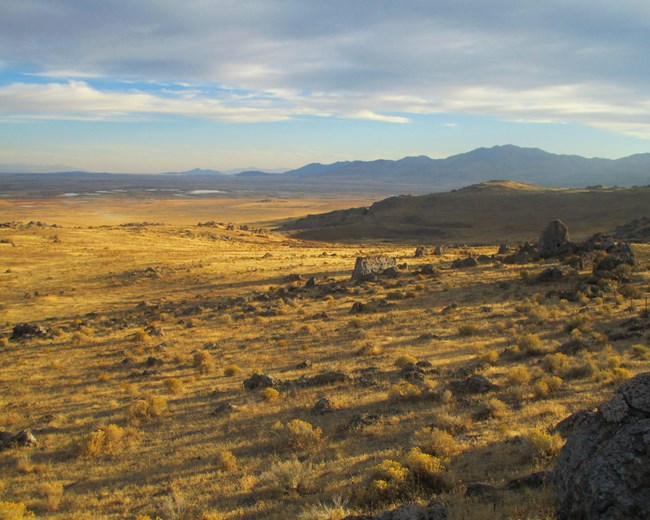
NPS Photo
Overview
Natural features and their associated topography are an important part of the story at Golden Spike National Historic Site. Here, the location of archeological and historic resources are closely related to the geological terrain. The park includes arid/ semiarid shrubland, grassland, and woodland ecosystems as well as perennial streams. The park's hillsides, mountains, and plains range in elevation from 4,360 - 5,280 feet, an annual precipitation averages 8-12 inches, mostly as snow.The Golden Spike National Historic Site Vegetation Inventory Project delivers many geospatial and vegetation data products, including an in-depth project report discussing methods and results, which include descriptions to vegetation associations, field keys to vegetation associations, map classification, and map-class descriptions. The suite of products also includes a database of vegetation plots, and accuracy assessment (AA) sites; digital images of field sites; digital aerial imagery; digital maps; a contingency table listing AA results; and a geodatabase of vegetation, field sites (vegetation plots, and AA sites), aerial imagery, project boundary, and metadata.
Products
The products of vegetation mapping projects are stored and managed in the National Park Service's Data Store, a repository for documents and publications relating to park resources. From the highlighted items below, click on the type of information you are looking for.
Last updated: October 10, 2018
